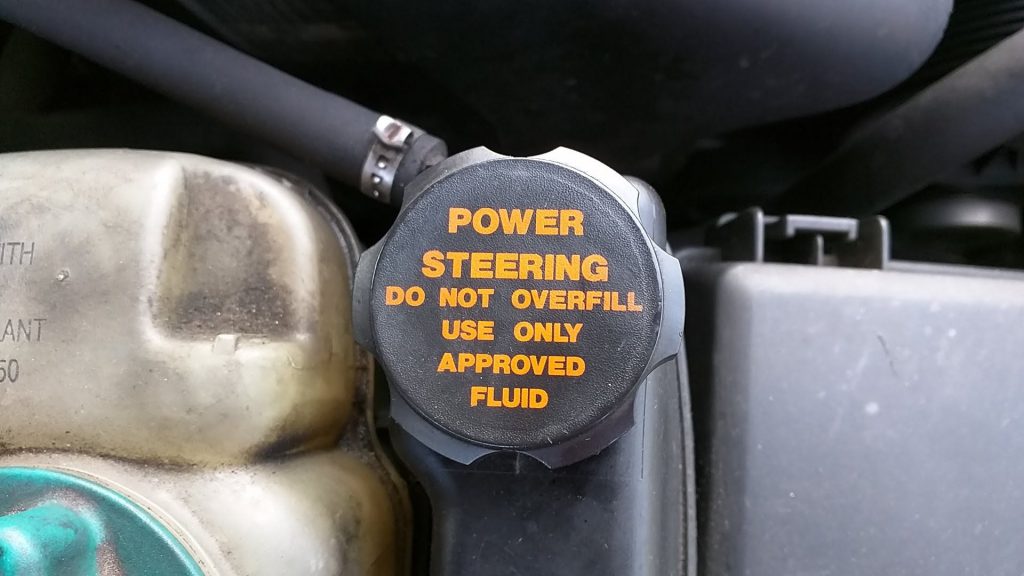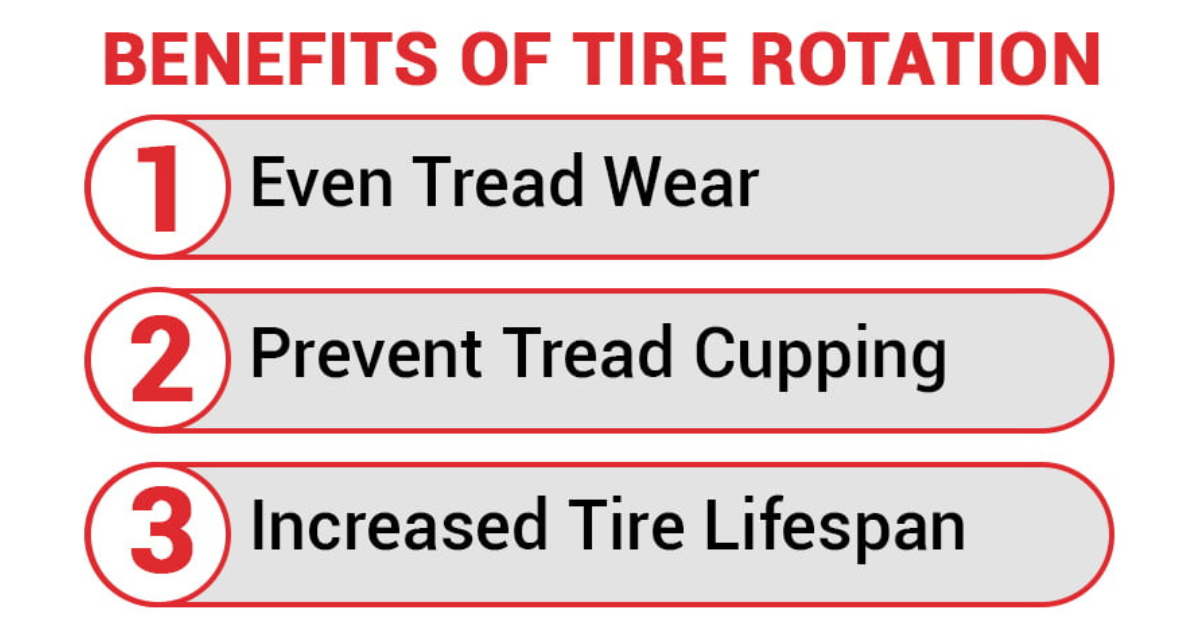Oil viscosity is a critical factor in engine performance and longevity. This article explains what oil viscosity is, how it’s measured, and the potential consequences of using the wrong oil viscosity for your engine.
Understanding Oil Viscosity
Oil viscosity refers to the thickness or thinness of oil, which affects its ability to flow and lubricate the engine’s moving parts. Viscosity is influenced by factors such as temperature, pressure, and shear stress. Oil viscosity is usually represented by two numbers, such as 10W-30 or 5W-40, with the “W” standing for winter, indicating the oil’s viscosity at low temperatures. The lower the number before the “W,” the thinner the oil at low temperatures, and the higher the number after the “W,” the thicker the oil at high temperatures.
Measuring Oil Viscosity
Oil viscosity is measured using standardized tests and equipment. The most common method is the kinematic viscosity test, which determines the oil’s resistance to flow under specific conditions. The results are expressed in units called centistokes (cSt). Another method to measure viscosity is the Saybolt Universal Seconds (SUS) test, which measures the time it takes for a fixed volume of oil to flow through a specific orifice at a given temperature. The higher the time, the higher the viscosity. Viscosity index (VI) is another important parameter used to characterize oil viscosity, quantifying the oil’s resistance to changes in viscosity with temperature variations.
Consequences of Using the Wrong Oil Viscosity
Using the right oil viscosity for your engine is essential for optimal performance and longevity. However, using a higher or lower oil viscosity than recommended can have negative consequences. Here are some possible effects:
Higher Oil Viscosity
- Poor Lubrication: Thicker oil may not flow properly through the engine, resulting in inadequate lubrication and increased friction and wear on engine components, potentially leading to premature engine failure.
- Reduced Fuel Efficiency: Thicker oil requires more energy to circulate, decreasing fuel efficiency and lowering overall performance.
- Difficulty Starting in Cold Weather: Thicker oil has a higher resistance to flow, making it more challenging for the engine to start, especially in cold temperatures, which can strain the starter motor and battery.
Lower Oil Viscosity
- Insufficient Lubrication: Thinner oil may not provide adequate lubrication, especially in high-temperature conditions or under heavy loads, causing increased friction and wear on engine parts and potentially resulting in engine damage.
- Increased Oil Consumption: Thinner oil is more prone to burn-off and evaporation, leading to increased oil consumption and the risk of low oil levels and potential engine overheating.
- Reduced Engine Protection: Thinner oil may struggle to maintain a stable oil film, increasing the risk of metal-to-metal contact and engine damage.
Choosing the Right Oil Viscosity for Your Engine
The best way to choose the right oil viscosity for your engine is to follow the manufacturer’s recommendations, which can be found in the owner’s manual or on the oil cap. The recommended oil viscosity may vary depending on the climate and driving conditions. However, using a viscosity one degree higher or lower than recommended generally won’t cause long-term damage. Extreme viscosity grades should be avoided, as they may cause serious engine damage.
Conclusion
Oil viscosity plays a crucial role in engine performance and durability. Using the right oil viscosity can improve engine efficiency, fuel economy, and overall performance while using the wrong oil viscosity can cause significant engine damage. Therefore, it is essential to follow the manufacturer’s recommendations for oil viscosity and use high-quality oil that meets the specifications of your engine. By doing so, you can ensure the optimal performance and longevity of your engine.




